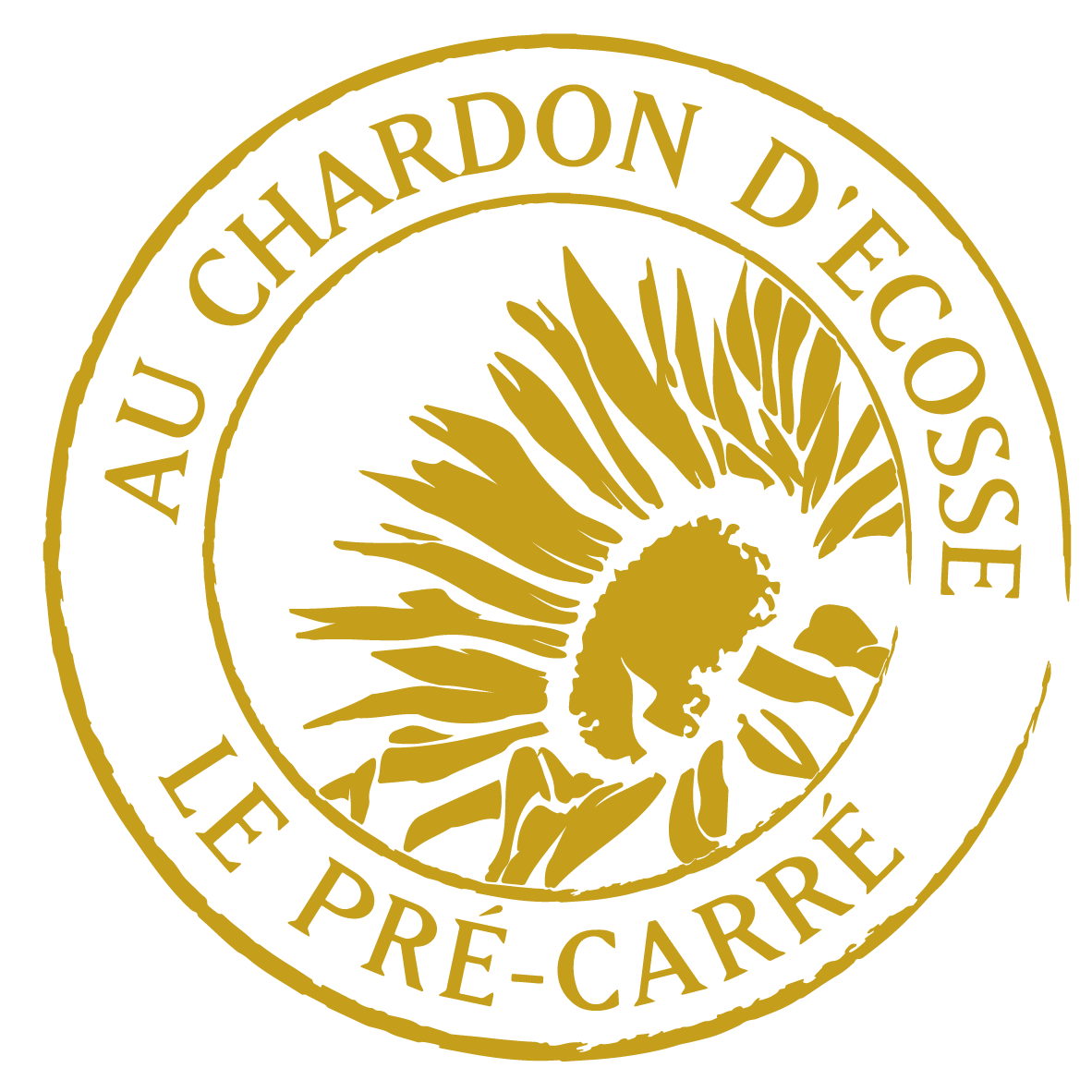Texture mapping is the mathematical process of projecting 2D images—textures—onto 3D surfaces to simulate rich visual detail and realism. By assigning color, pattern, and surface variation through coordinates, this technique transforms basic geometric shapes into immersive environments. Far more than a visual trick, texture mapping relies on deep mathematical principles that ensure surfaces appear consistent, stable, and lifelike under changing lighting and camera perspectives. At its core, it bridges abstract linear algebra and applied geometry with the immersive experience players encounter in modern games like Horus Legacy of Gold Jackpot King, where every intricate carving and glowing hieroglyph responds to precise computational logic.
Foundational Role of Texture Mapping in 3D Rendering
Texture mapping enables the transformation of geometric primitives—points, lines, and polygons—into visually complex surfaces without adding geometric complexity. This mathematical bridge allows developers to render vast, detailed worlds efficiently. Underpinning this process are key mathematical frameworks: vector spaces define how pixels map across surfaces, while linear algebra governs interpolation and scaling of texture coordinates. By treating textures as images in a pixel grid, rendering engines apply mathematical projections that preserve visual fidelity across dynamic angles and movements.
Core Mathematical Principles Underpinning Texture Mapping
Two foundational mathematical concepts drive reliable texture mapping: Markov chains and vector space axioms. Markov chains, though best known in probability, inform procedural texture variation—textures evolve naturally based on local context rather than full image history, enabling organic-looking patterns. Meanwhile, vector spaces provide the structure for stable transformations: closure ensures operations like scaling remain within predictable bounds, associativity and distributivity support complex compositing, and mathematical consistency guarantees textures remain aligned during rotation or lighting changes.
One practical application is supersampling anti-aliasing (SSAA), a math-intensive technique rendering scenes at four times standard resolution before downsampling. By sampling multiple pixels per surface fragment and averaging values, SSAA reduces jagged edges—critical for crisp lines in intricate designs like Egyptian motifs. However, this approach increases computational load, requiring careful trade-offs between performance and visual quality. The balance reflects deeper mathematical optimization: maximizing perceptual gains while managing system resources efficiently.
From Theory to Visual Realism: The Role of Texture Mapping in Game Environments
In real-time rendering pipelines, texture coordinates define surface detail without expanding geometry—**a mathematical efficiency that powers modern games**. Linear algebra enables projection from 3D world space to 2D screen space, mapping vertices to pixel locations using transformation matrices. Texture interpolation—often bilinear or trilinear—smooths color transitions across polygons, creating seamless visual flow. For example, a player’s view of a hieroglyph on a temple wall relies not on adding more polygons, but on smart mathematical mapping that simulates depth and texture continuity.
Dynamic texture blending further enhances realism. By blending multiple textures mathematically—using functions like LERP (linear interpolation) or more advanced shaders—games transition smoothly between materials such as stone, gold, and weathered surfaces. This seamless shift depends on consistent coordinate systems and predictable blending equations, ensuring the player’s eye perceives continuity rather than abrupt changes.
Case Study: Eye of Horus Legacy of Gold Jackpot King as a Living Example
The Eye of Horus Legacy of Gold Jackpot King exemplifies how modern 3D games apply texture mapping principles to evoke authenticity. Its Egyptian motifs—ornate carvings, hieroglyphic inscriptions, and gilded surfaces—are rendered with mathematical precision, responding naturally to lighting and camera dynamics.
Markov-inspired procedural variation ensures textures adapt dynamically: shadows and reflections on carved stone shift realistically with movement, not just static patches. High-detail areas, like ceremonial artifacts, employ supersampling anti-aliasing to preserve crisp edges, despite the computational cost. This balance—refined through mathematical modeling—delivers a visually immersive experience where every surface feels crafted with intent and depth.
Depth Beyond Graphics: Hidden Mathematics Shaping Interactive Worlds
Texture mapping extends beyond aesthetics into computational geometry and data optimization. Efficient texture encoding leverages vector space properties to minimize storage—using formats like DXT or ASTC that compress texture data while preserving visual integrity. Memory-efficient representations reduce bandwidth, critical for seamless loading and streaming in games.
Looking ahead, machine learning is revolutionizing texture synthesis, using neural networks trained on mathematical models of surface variation to generate novel, realistic textures on the fly. Real-time adaptive sampling, guided by predictive mathematical models, adjusts resolution dynamically based on camera focus and lighting, optimizing performance without sacrificing immersion. These advances trace their roots to foundational principles first applied in classics like Eye of Horus Legacy of Gold Jackpot King.
Conclusion: Texture Mapping as the Bridge Between Math and Immersion
From Markov chains governing procedural variation to vector spaces ensuring stable rendering, texture mapping exemplifies how abstract mathematics enables tangible, lifelike 3D worlds. Every polygon’s surface is not just painted—it is calculated, projected, and optimized using precise mathematical frameworks. The Eye of Horus Legacy of Gold Jackpot King stands as a compelling testament to this synergy: a modern digital artifact where mathematical rigor underpins artistic vision, creating environments so vivid they dissolve the boundary between virtual and real.
Readers are invited to explore the invisible math that powers immersive experiences—where every texture, edge, and shadow is a quiet triumph of computation and creativity.
| Section | Key Insight |
|---|---|
| Texture Mapping | Defined as the mathematical assignment of 2D textures to 3D surfaces, enabling realistic visual detail without geometric complexity. |
| Markov Chains | Enable memoryless texture transitions, ensuring natural evolution based on current pixel state rather than past history. |
| Vector Spaces | Provide stable frameworks for interpolation, projection, and consistent texture computation across dynamic scenes. |
| Supersampling Anti-Aliasing (SSAA) | A math-driven technique rendering at 4x resolution and downsampling to smooth jagged edges, balancing cost and fidelity. |
| Texture Blending | Uses linear algebra functions to create seamless transitions between materials like stone, gold, and weathered surfaces. |
| Mathematical Foundations of Games | Powers immersive visuals in titles like Eye of Horus Legacy of Gold Jackpot King through procedural variation and adaptive sampling. |
